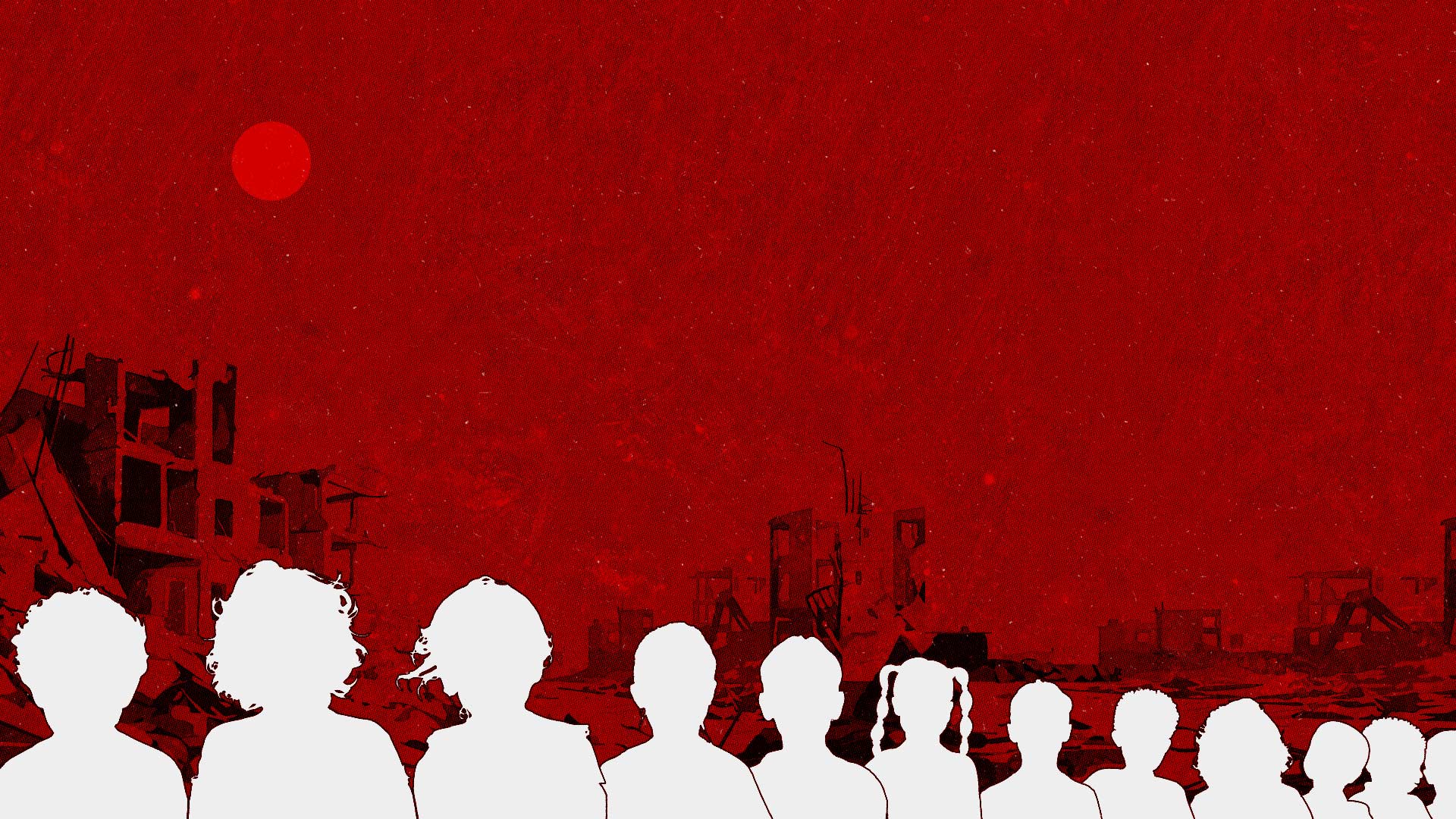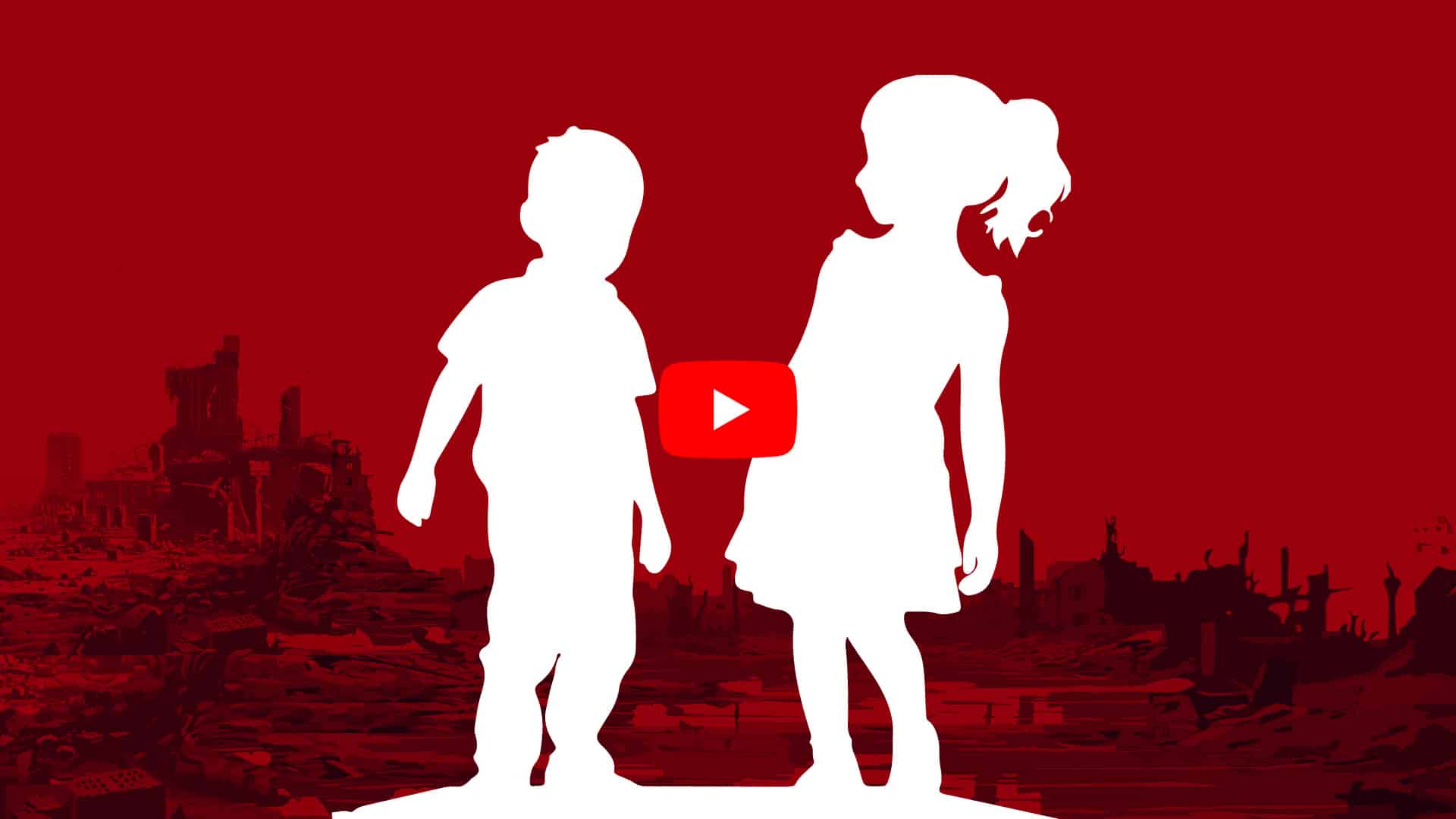The impact of losing access to healthcare is starkly illustrated by the example of pregnant women in Gaza, estimated at 50,000 when the war began. Many have miscarried and are having stillbirths, faced C-sections with unsensitized equipment and without anesthetic, while increasing numbers of newborns are “simply dying,” according to the World Health Organization, because starving mothers are giving birth to critically underweight babies.
The Israeli campaign in Gaza – for which the world’s top two international courts are pursuing charges of genocide and crimes against humanity against the Israeli state and its leaders – has continued unabated since The Lancet published its study. With no reason to believe that the 1:4 ratio of direct to indirect deaths has decreased, the 40,000 Gazans now confirmed killed by violent means entails that the total deaths attributable to the Israeli campaign would be pushing past 200,000. That is 9 percent of Gaza’s pre-war population.
The Israeli army claimed in August that it had killed 17,000 Hamas fighters. While yet to comment on this latest assertion, Hamas itself has said previous Israeli statements of its losses were inflated by more than two-thirds. Regardless of which is closer to the truth, what the range makes clear is that combatants make up a fraction of the 200,000 total deaths for which Israel is responsible.
To properly place the Gaza death toll within the context of historical atrocities, consider that the first extermination camp the Nazis established during WWII, near Chelmno in German-occupied Poland, massacred at least 172,000 innocent people, while the atomic bombs the US dropped on Japan during the same war and their radioactive aftermath are estimated to have killed more than 210,000 souls.



